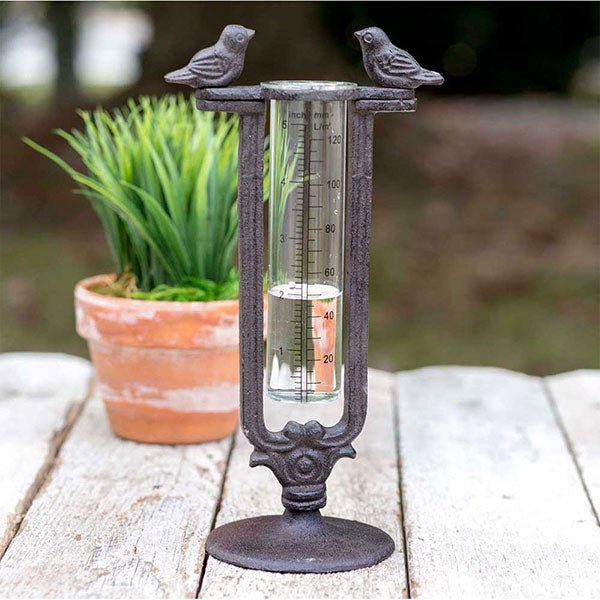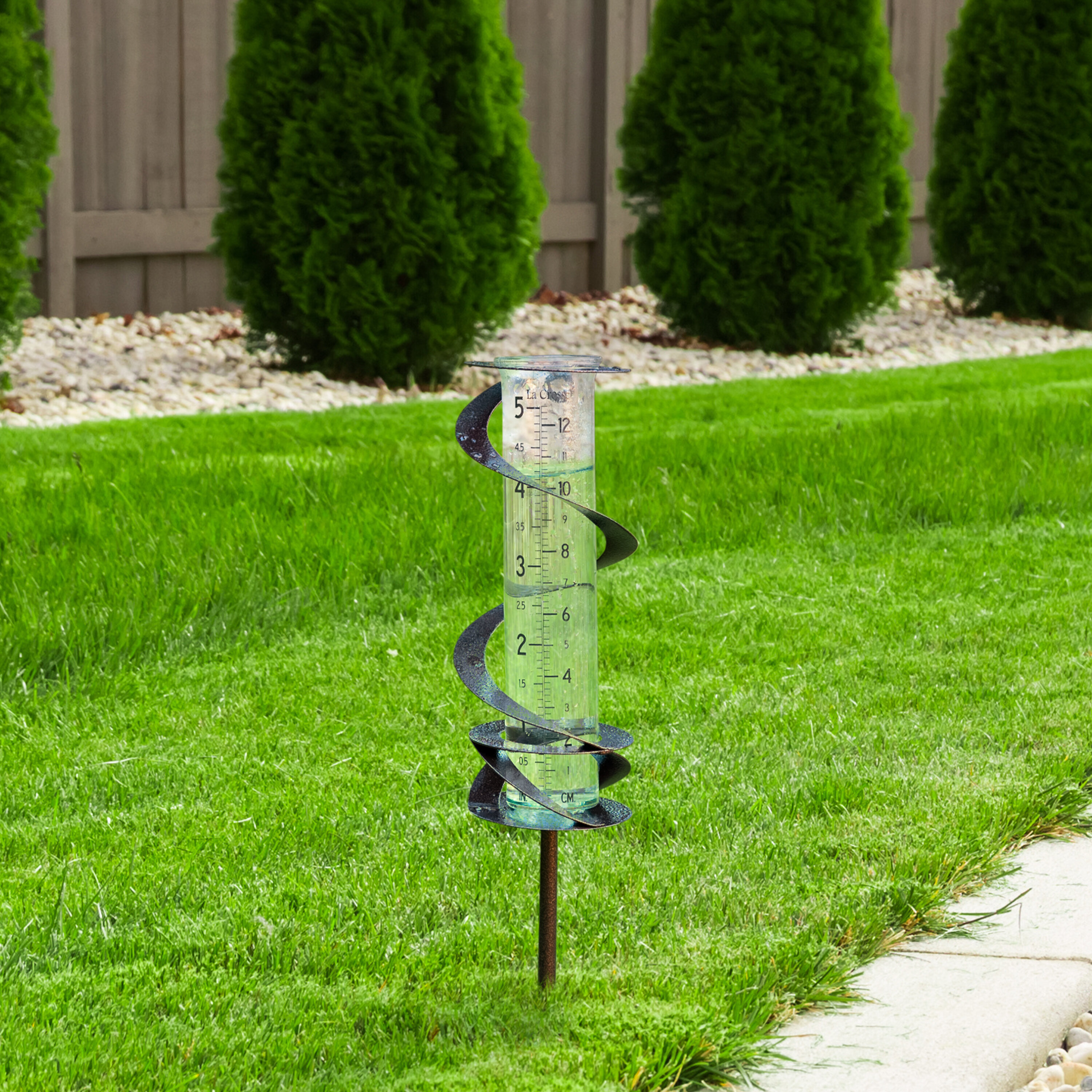The Rain Gauge: Deciphering Rainfall Patterns and Enhancing Weather Awareness
The Rain Gauge: Deciphering Rainfall Patterns and Enhancing Weather Awareness
Blog Article
Just How to Select the Right Rain Gauge for Accurate Rain Data
Accurate rains information is vital for different industries and activities, such as weather forecasting, agriculture, and water resource administration. To get trustworthy measurements, it is important to pick the ideal rainfall scale. This overview aims to supply beneficial insights right into the selection process, allowing you to make enlightened decisions. Considering variables such as place, type, and accuracy of the rain gauge will aid make certain precise data collection. In addition, comprehending the upkeep and calibration procedures will certainly add to the longevity and reliability of your rain gauge. By complying with these standards, you can make sure accurate rainfall information, allowing better decision-making and preparation for numerous applications.
Significance of Choosing the Right Rainfall Scale
The value of selecting the right rainfall scale hinges on getting accurate and trustworthy rainfall information for precise meteorological analysis. Rain data is crucial for a wide variety of applications, including weather condition forecasting, hydrological modeling, and environment research. Imprecise or unstable data can lead to wrong verdicts and flawed decision-making processes.

Secondly, the accuracy and precision of the rain scale are extremely important. The scale must have the ability to determine rains with high precision, capturing also little amounts of rainfall accurately. It must likewise minimize errors as a result of evaporation, wind, and various other environmental variables. Routine calibration and maintenance are necessary to guarantee continuous precision.
Furthermore, the location and setup of the rain gauge are crucial considerations. It must be put in an open area, far from blockages that might affect rains measurements. The scale should be placed at a proper height and angle to avoid splashing and make certain proper catchment of rainwater.
Elements to Think About When Selecting a Rainfall Gauge
When choosing a rain gauge, there are a number of essential factors to take into consideration. There are different kinds available, consisting of common rain determines, tipping bucket rainfall determines, and weighing rain gauges.
One more aspect to consider is the material of the rain gauge. Rainfall assesses can be constructed from various products, such as metal, plastic, or glass. The material picked must be resilient and immune to climate condition, ensuring that the rainfall scale will certainly hold up against the components and give precise measurements gradually.
Accuracy is additionally a vital variable to think about. Search for rainfall assesses that have actually been adjusted and checked for accuracy. Functions such as anti-splash rings and funnels can additionally enhance the accuracy of the measurements.

Last but not least, think about the environment and setting in which the rain scale will be utilized. Various rainfall evaluates are suitable for different climates, so it is important to select one that is appropriate for the problems in your location.
Various Sorts Of Rain Evaluates Readily Available
To additionally discover the aspects to take into consideration when choosing a rainfall scale, it is essential to understand the various types of rain assesses offered. The most common type is the conventional rainfall scale, additionally known as the round rain gauge.
Another kind of rain gauge is the tipping bucket rain gauge. As the rainfall drops into the scale, it loads up one side of the container, creating it to tip and clear the water.
A 3rd my response kind of rainfall scale is the evaluating rainfall scale. As the rain drops into the scale, it is collected in a container attached to an equilibrium.
Ultimately, there are likewise remote rainfall gauges that usage advanced technology to gauge rainfall (The Rain Gauge). These assesses usage sensors and transmitters to send information wirelessly to a central unit. Remote rainfall evaluates are convenient for keeping an eye on rainfall in hard-to-reach areas or for large-scale information collection
How to Figure out the Precision of a Rainfall Gauge
One means to analyze the precision of a rainfall gauge is by conducting regular calibration measurements. Calibration includes comparing the analyses of a rainfall scale to a basic measurement, such as a qualified rain gauge or a climate terminal with high accuracy. By contrasting the dimensions, any type of inconsistencies or inaccuracies in the rain scale can be identified and made up.
To conduct a calibration measurement, start see here by accumulating rainfall information from both the rain gauge and the basic dimension device over a particular amount of time, such as a month. After that, compare the analyses and determine the difference in between them. This distinction is called the calibration error.
It is vital to note that calibration measurements should be executed routinely, as environmental factors, such as particles, wind, and temperature, can influence the precision of the rainfall scale over time. By carrying out regular calibrations, any type of modifications in the accuracy of the rainfall scale can be identified and changes can be made as necessary.
In enhancement to calibration, it is likewise recommended to tidy and maintain the rainfall scale frequently to guarantee its precision. Eliminate any debris or blockages that might affect the precision of the dimensions, and examine for any indications of damages or put on that may call for repair work or replacement.
Tips for Preserving and Adjusting Your Rain Gauge
Regular upkeep and calibration are essential for making sure the precision and dependability of your rain scale in gauging rains information (The Rain Gauge). By adhering to a few straightforward ideas, you can make sure that your rain gauge is appropriately kept and calibrated
First of all, it is very important to clean your rainfall gauge on a regular basis to stop any kind of debris or dust from blocking the rain collection device. Make use of a soft brush and a mild detergent to gently clean the within and beyond the gauge. Rinse it extensively with tidy water and permit it to completely dry totally before reinstalling it.
Second of all, it is recommended to calibrate your rain gauge at least when a year. Calibration entails comparing the measurements of your rain gauge with those of a relied on and precise reference scale. This will aid you recognize and deal with any kind of prospective errors in your rainfall gauge's measurements.
To adjust your rainfall gauge, accumulate a known volume of water utilizing a gauging container and compare it with the measurements tape-recorded by your rainfall scale. Change the readings appropriately to ensure precision.

Verdict
In final thought, selecting the best rain scale is critical for getting accurate rainfall data. Aspects such as budget, function, and place should be considered when selecting a rain gauge. There are numerous kinds of rain gauges offered, each with their very own advantages and constraints. It is crucial to consistently keep and calibrate your rain scale to ensure its precision. By following these standards, exact rainfall information can be acquired for numerous applications.
There are various kinds readily available, including common rainfall determines, tipping bucket rain assesses, and evaluating rainfall assesses.To additionally discover the variables to take into consideration when choosing a rain gauge, it is important to understand the various kinds of rainfall assesses readily available. The most typical kind is the typical rainfall scale, likewise understood as the cylindrical rain gauge.An additional kind of rainfall gauge is the tipping bucket rain scale. Calibration includes comparing the readings of a rainfall scale to a basic measurement, such as a licensed rain gauge or a weather terminal with high precision.
Report this page